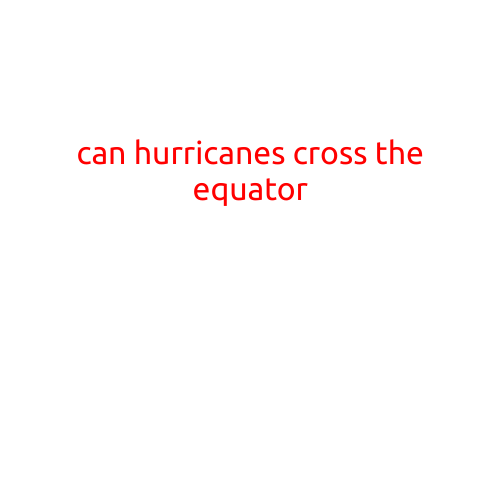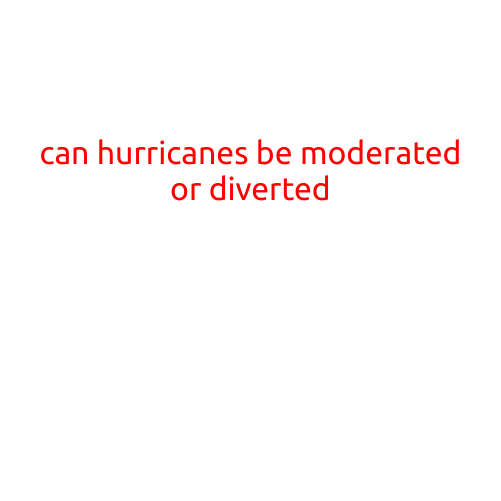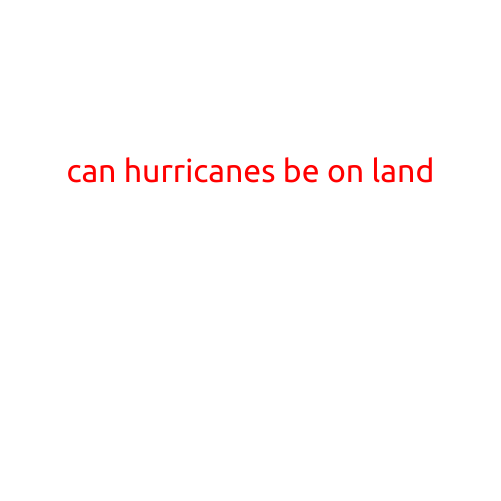
Can Hurricanes Cross the Equator?
Hurricanes are powerful tropical cyclones that form over warm ocean waters, bringing strong winds and heavy rainfall to coastal regions. But have you ever wondered if these powerful storms can cross the equator? The answer might surprise you.
What is the Equator?
Before we dive into the topic, let’s quickly define what the equator is. The equator is an imaginary line that runs around the middle of the Earth, dividing it into the Northern Hemisphere and the Southern Hemisphere. It’s approximately 24,901 miles (40,075 kilometers) long and is defined as 0° latitude.
Hurricane Formation and Movement
Hurricanes form over warm ocean waters in the tropics, typically between 5° and 20° latitude north and south of the equator. They form when the sea surface temperature is at least 26.5°C (80°F), and there is a high level of atmospheric moisture and instability. Once formed, hurricanes begin to rotate due to the Coriolis effect, which is caused by the Earth’s rotation.
Can Hurricanes Cross the Equator?
Now, the question on everyone’s mind: can hurricanes cross the equator? The answer is yes, but with some caveats.
Hurricanes can move towards the equator and even cross it under certain conditions. However, it’s rare for a hurricane to travel all the way across the equator and into the opposing hemisphere. There are several reasons for this:
- Wind shear: As hurricanes approach the equator, they encounter strong wind shear, which can disrupt their circulation and movement.
- Cooler ocean waters: As hurricanes approach the equator, they typically encounter cooler ocean waters, which can weaken the storm.
- Changing atmospheric conditions: The equator marks a significant change in atmospheric conditions, including changes in wind direction and speed, temperature, and humidity. These changes can be challenging for hurricanes to navigate.
Examples of Hurricanes Crossing the Equator
Despite these challenges, there have been several instances where hurricanes have crossed the equator. One notable example is Hurricane Erin, which formed in the Atlantic Ocean in 1995 and crossed the equator into the Southern Hemisphere. Another example is Hurricane Tomas, which formed in the Atlantic Ocean in 2010 and crossed the equator into the Southern Hemisphere, ultimately impacting Madagascar.
Conclusion
In conclusion, while it’s possible for hurricanes to cross the equator, it’s not a common occurrence. Hurricanes are typically confined to the tropics, and the equator marks a significant change in atmospheric conditions that can disrupt their circulation and movement. However, in rare instances, hurricanes can cross the equator, bringing potentially devastating impacts to the regions they affect.





